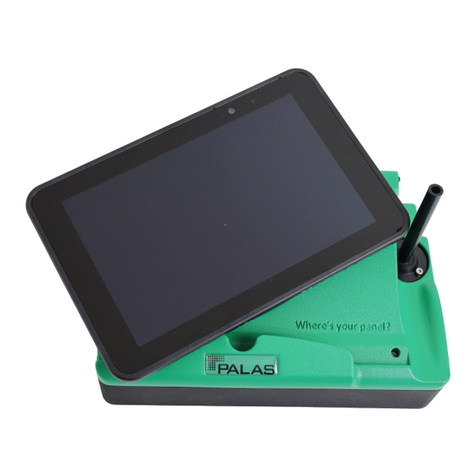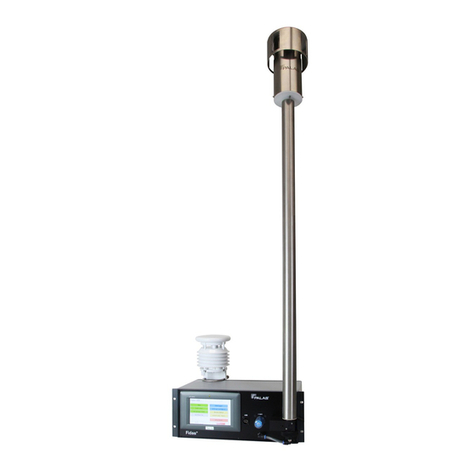Content
Important Note !!!................................................................................................................................... 4
1. Delivery................................................................................................................................................ 5
1.1. Delivery Check......................................................................................................................... 5
2. Safety conditions / Intended use .................................................................................................... 6
2.1. General safty conditions.......................................................................................................... 6
2.2. Intended use............................................................................................................................ 6
2.3. Responsibility of the operator................................................................................................. 6
3. Initial Operation .............................................................................................................................. 7
3.1 Initial operation and short instruction .......................................................................................... 7
4. Operating Principle.............................................................................................................................. 8
4.1. General Information..................................................................................................................... 8
4.2. The Inlet System and the Mixing Chamber .................................................................................. 9
4.3. The Dilution Factor..................................................................................................................... 10
4.4. The Outlet Nozzle and Isokinetic Conditions ............................................................................. 10
5. Equipment Layout ............................................................................................................................. 11
5.1. The Pneumatic System............................................................................................................... 11
5.2. Components and their Function................................................................................................. 12
5.3. The Calibration Certificate.......................................................................................................... 14
6. Operation .......................................................................................................................................... 15
6.1. Installation.................................................................................................................................. 15
6.1.1. Installation as Single Unit.................................................................................................... 15
6.1.2. Cascading of Two or More Units ......................................................................................... 16
6.2. Selecting Appropriate Outlet Nozzles ........................................................................................ 18
6.3. Setting of Pre-pressure............................................................................................................... 19
6.4. Impact of Pressure and Temperature ........................................................................................ 20
6.4.1. Pressure Impact................................................................................................................... 20
6.4.2. Temperature Impact............................................................................................................ 20
7. Cleaning............................................................................................................................................. 21
7.1 General Information.................................................................................................................... 21
7.1.1 Cleaning of the Inlet Nozzle.................................................................................................. 21
7.1.2. Cleaning of the Outlet Nozzle .............................................................................................. 21
7.1.3. Cleaning of the Mixing Chamber......................................................................................... 22
7.2. Filter Control and Filter Change ................................................................................................. 23






























